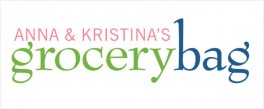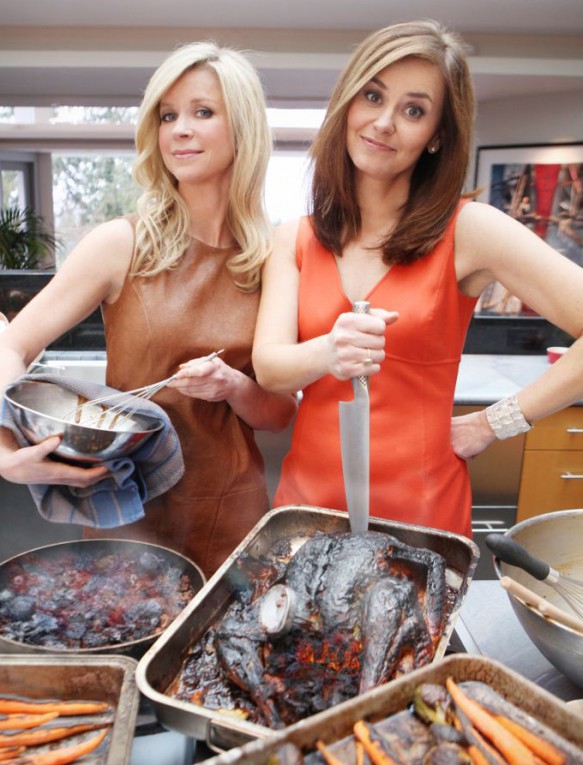
Veal: Love It, or Not?
A somewhat controversial meat, you're either a veal lover, or you're not. We feel it's important to get to know your butcher and know where your meat comes from. Veal raised humanely is a delicacy to be enjoyed.
The Basics
As part of the milk production process, dairy cows give birth to one calf per year. Male calves are then typically raised for veal production, and females for milk.
Most veal calves are Holsteins since that is the most common breed used for milk production. Breeds may also be Brown Swiss, Jersey, Guernsey and Ayrshire.
Chickens are typically slaughtered around 6 weeks, pigs as early as 3 months, and veal calves are slaughtered between 5 to 7 months. Veal calves, at up to 700 lbs are the second largest domestic animal bred for food, next to beef cows.
Different varieties of veal are available depending on what the calves are fed, when they are slaughtered, and how they are housed. The varieties include:
White veal: milk-fed calves raised to about 5 months/400-450 lbs (182-205 kg). Also known as “fancy”, “milk-fed”, “special-fed”, and “formula-fed”. While the milk diet is rich in essential nutrients, the whiteness of the veal is due to low iron in the diet. Milk-fed veal calves tend to be raised in confined quarters with a limited diet.
Red veal: grain-fed calves raised to about 6-7 months/600-700 lbs (282-319 kg). The colour is due to the grain diet. These calves are typically kept outdoors or in large pens and considered a more humane choice.
Pink veal: aka “bob” veal, is meat from calves slaughtered within 1 month of birth. Typically a procedure undertaken in the USA, but rare in Canada, “bob” veal is sold as an inexpensive alternative to milk-fed veal.
Free-raised veal: raised in a more traditional pastoral setting in open pasture with unlimited access to mother’s milk & fresh grasses. No antibiotics or hormones administered. Meat is a rich pink and lower in fat. Calves are slaughtered around 24 weeks (6 months).
In the 1980’s, photographs released to the public of veal calves living in inhumane conditions caused sales to plummet, and they have yet to recover. Because of these deplorable living conditions, it’s very important to talk to your butcher so you can know where your food comes from. Questions to ask about veal include:
Housing: are the calves raised in large pens or open pasture? (If they’re raised in crates, look elsewhere.)
Medications: are the calves administered antibiotics/hormones? This practice arose due to poor living conditions, which made the animals susceptible to disease. Avoid the meat if it’s not hormone/drug-free.
Feed: while milk-fed veal is considered gourmet, the source animal’s welfare is questionable due to the need to keep it anemic to produce the pale colour. Red veal, on the other hand, typically comes from calves fed a more balanced diet of mother’s milk and pastured grass, with some grain if needed.
Humanely-raised veal can be difficult to find and commands a premium price. These calves have grown up alongside their mothers or surrogates on free-range pastures, on a diet of pasture grass and mother’s milk. Look for it at your local butcher or farmer’s market.
Shopping Tips
A pound of veal equals about four 3-oz servings.
Choose a cut based on your recipe. For fast cooking dishes, choose a tender cut from the loin, breast, or leg. For slow-cooked dishes, a tougher, less expensive cut from the shoulder or cheek will do.
Veal is available in many formats, including ground, stew, breast, roast, chops (rib or loin), round steaks, and cutlets (or scallops, escalopes, scallopini, or scalloppine.)
If it’s not labeled grain-fed, ask your butcher. It will likely be milk-fed veal with a whitish colour.
For a milder flavour, milk-fed veal should be your choice. It also more expensive than grain-fed veal.
For a more beefy flavour, choose grain-fed veal.
If you’re planning a special veal menu, be sure to call your butcher ahead of time to pre-order, as veal isn’t always readily available.










